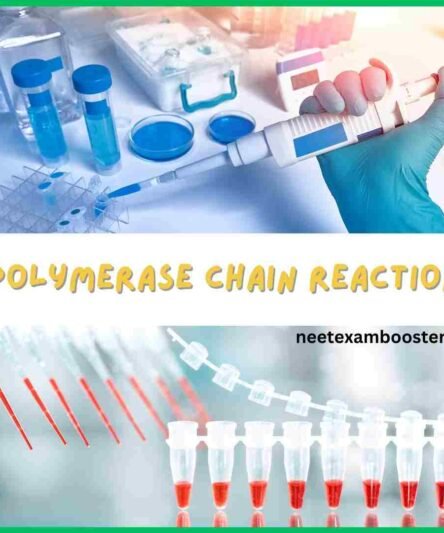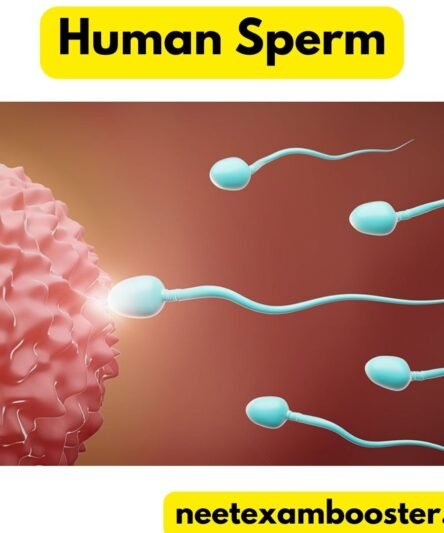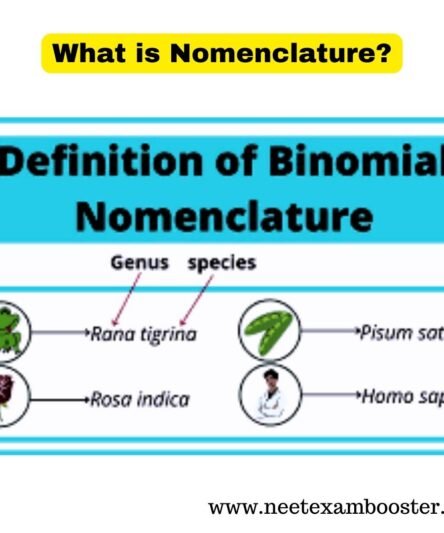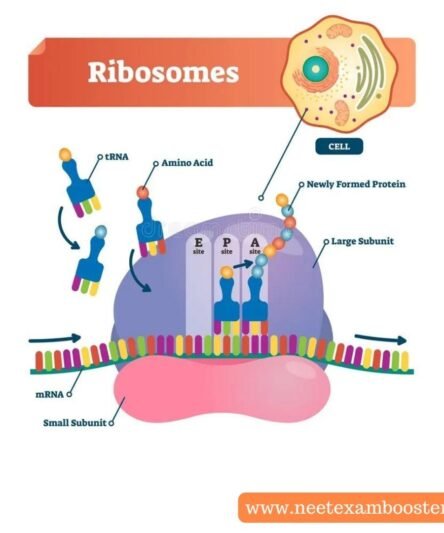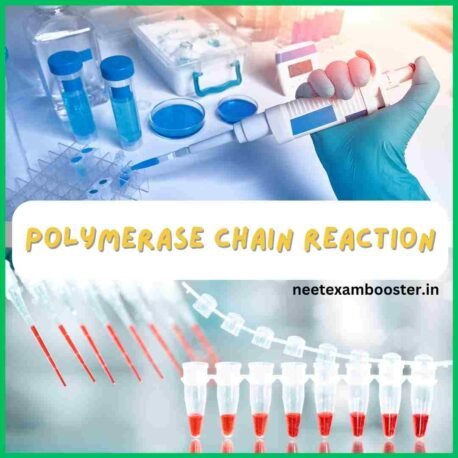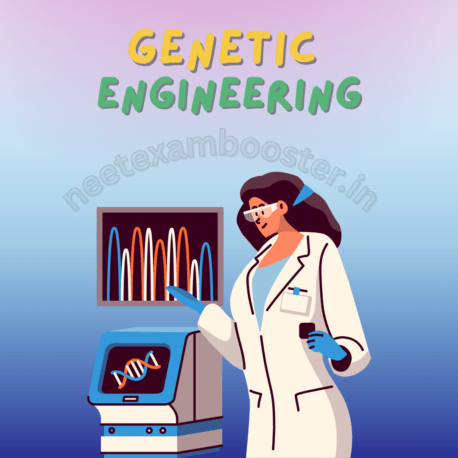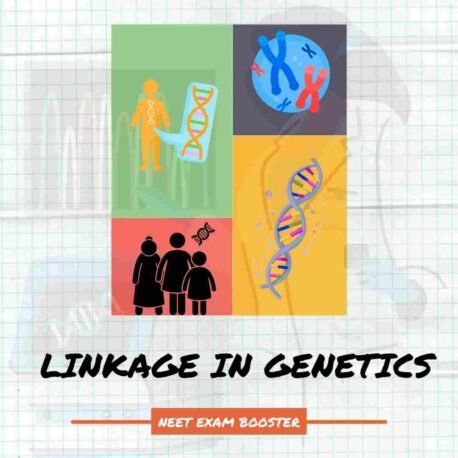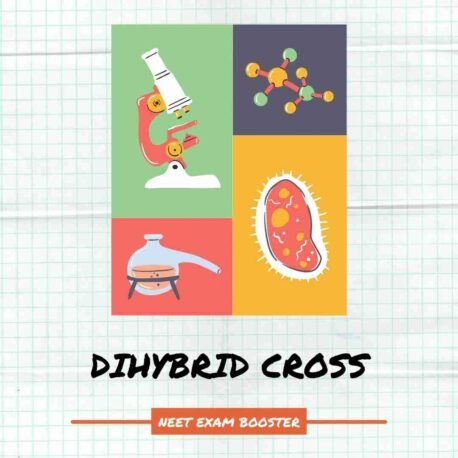Chemical Coordination and Integration Class 11:- Hormones are chemicals that provides chemical control and coordination of body which assists in regulation and integration of the numerous activities of the human body. These are hormones that governs metabolism, development, and growth of the organs, a few cells, and the endocrine glands. Endocrine system consists of hypothalamus, thyroid gland, pineal and pituitary gland, pancreas, thymus, parathyroid and gonads (ovary and testis). Other few organs such as the gastrointestinal tract, heart, kidney, etc also secretes the hormones.
Let us discuss this chapter in details to discover more on how the chemical integration and coordination is brought about in humans.
Chemical Coordination and Integration Class 11 Biology Chapter 22

Chemical Coordination and Integration Class 11 – Very Short Answer Types Questions
Q.1. Name the endocrine gland that is absent in case of males and the one absent in case of females.
A.1. A pair of testes are there in the scrotal sac in case of males that performs the functions of endocrine gland and acts as a sex organ. This gland is not there in case of females as they possess a pair of ovaries situated in abdomen. It produces progesterone and estrogen hormone, and is not present in males.
Q.2. Which of the two adrenocortical layers – zona reticularis, and zona glomerulosa is present outside wrapping the other?
A.2. Zona glomerulosa envelops the zona reticularis layer.
Q.3. What do you mean by erythropoiesis. Which hormone triggers it?
A.3. The process of formation of the RBC is Called erythropoiesis.
The peptide hormone erythropoietin i.e. produced from juxtaglomerular cells of kidney triggers the erythropoiesis.
Q.4. Name the only hormone that is secreted by pars intermedia of pituitary gland of the brain?
A.4. The only hormone is –Melanocyte Stimulating Hormone (MSH).
Q.5. Name the endocrine gland that secretes calcitonin? Write the role of this hormone?
A.5. Calcitonin is produced by parafollicular cells of the thyroid gland. It restricts excess Ca2+ ions and phosphate ions in the plasma by lowering the mobilization from the bones. The deficiency of calcitonin causes osteoporosis or loss of bone density in humans.
Q.6. Name the hormone that aids in the cell-mediated immunity?
A.6. Thymosins hormone plays a significant role in differentiation and development of the T-lymphocytes that provides the cell-mediated immunity.
Chemical Coordination and Integration Class 11 Quiz
Q.7. Write true or false for the following –
a) Gastrointestinal tract, heart, and kidney also produces the hormones.
b) The pars distalis produces the six trophic hormones.
A.7.Gastrointestinal tract, heart, and kidney also produces the hormones – It is true.
b) The pars distalis produces the six trophic hormones – It is true.
Q.8.Name the hormone that is responsible for the normal sleep cycle?
A8. There are a varieties of hormones that are responsible for the normal sleep-wake cycle. This hormone consists of – cortisol, melatonin, prolactin and the thyroid – stimulating hormone( TSH).
Q.9. Which endocrine gland secretes the cortisol hormone?
A.9. Adrenal gland secretes the cortisol hormone.
Q.10. Write the endocrine gland which is present only in the females?
A.10. Estrogen and the progesterone hormone are considered as the female sex hormone and these are present only in the females.
Chemical Coordination and Integration Class 11 – Short Answer Types Questions
Q.1. Write the significance of the luteinizing hormones in the males and the females.
A.1. Luteinizing hormone in the males triggers production and secretion of the hormones called androgens from the testes. Along with Follicle Stimulating Hormone (FSH), androgens control the process of spermatogenesis.
LH in females causes the ovulation process of the Graafian follicles and maintains corpus luteum, developed from traces of Graafian follicles after the ovulation process that produces the hormone progesterone.
Q.2. Give the importance of second messenger in the hormone action.
A.2. Hormones that do not enter the target cells, communicate with specific receptors situated on surfaces of the targeted cell membranes and produces the second messengers on plasma membrane(inner side). In turn, the second messenger performs all functions related to the hormones.
Chemical Coordination and Integration Class 11 toppers notes
Q.3. Name the steroid that controls the inflammatory responses in the body? Write the source and the functions it performs.
A.3. The steroids hormone is Glucocorticoids. These are secreted by adrenal cortex. They triggers the gluconeogenesis, proteolysis, and lipolysis and hinders cellular uptake and utilization of the amino acids in the body.
Q.4. Explain why old peoples have weak immunity system?
A.4. Thymus gland is situated on dorsal side of the heart and aorta is a lobular structure of the heart. Derived from the embryo’s endoderm, thymus produces thymosin hormone which triggers development of the WBCs which produces immunity in the body. In the older individuals, the thymus gland degenerates thus causing a decreased level of thymosin secretion. Hence their immune system becomes weak at old age.
Q.5. How does hypothyroidism affects maturation and development of a growing baby, seen generally during the pregnancy Period?
A.5. During the pregnancy period, the hypothyroidism causes the defective maturation and development of fetus, that induces stunted growth, low Intelligence Quotient(IQ), mental retardation, deaf-mutism, and the abnormal skin of the baby,and many other.
Chemical Coordination and Integration Class 11 Study materials
Q.6. Write the differences between the hyperthyroidism and the hypothyroidism.
A.6. Hyperthyroidism is over secretion of the thyroid hormone in the body and occurs due to cancer of the thyroid gland, whereas the hypothyroidism is low secretion of the thyroxine hormone in the body.
Chemical Coordination and Integration Class 11 – Long Answer Types Questions
Q.1. A milkman’s cow refuses to give the milk. On being fondled by calf, the cow produced enough milk. Explain significance of endocrine gland and the pathway related to the response of the cow.
A.1. A neuroendocrine reflex is created when the calf suckling occurs that causes an increase in oxytocin from neurohypophysis. In hypothalamus, oxytocin is synthesized in the specific nuclei, the paraventricular nucleus, and the supraoptic nucleus.
Here the neurons produces the oxytocin precursor and bundle it into the vesicles. The level of oxytocin in blood gets concentrated within a minute or two after stimulation which causes the smooth muscle contraction of the udder causing the milk to flow. An intra-udder hormone that functions like the oxytocin hormone would do a similar function.
The following is a summarization of the following –
Suckling stimulus → Hypothalamus → Neurohypophysis → Oxytocin → Udder → Milk flow..
Q.2. A urine sample contains increased content of the glucose level and the ketone bodies.
Answer the questions below question on the basis of this observation.
a)Write the hormone and the gland associated with this condition.
b) On which of the cells do these hormones acts?
c) Name this condition. How this can be rectified?
A.2.
a) Insulin hormone and the Insulin gland.
b) It acts on β-cells of the Islets of Langerhans present in pancreas.
c) The prolonged hyperglycemia causes the diabetes mellitus that is linked with the loss of glucose via urine and accumulation of the harmful compounds called as ketone bodies. Insulin therapy may be successfully used to treat the Diabetic patients.
Q.3. Describe importance of hormones and endocrine glands responsible for the regulation of the Calcium Homeostasis.
A.3. Hormones and the endocrine glands that regulates the calcium homeostasis are the thyroid and the parathyroid glands and their related hormones which are the Parathyroid hormone (PTH) and the Calcitonin hormone. The endoderm of embryo develops the parathyroid glands and has the two types of cells – oxyphil cells and the chief cells. Chief cells secretes the parathyroid hormone(PTH) which is involved in controlling the phosphate and calcium ions stability between the other tissues and the blood. From the bones, it causes the secretion of calcium into blood. PTH causes an increase in reabsorption of calcium by organs of the body such as kidneys and the intestine.
The thyroid gland is largest endocrine gland that is situated prefrontal to thyroid cartilage of larynx in the neck. It regulates calcium ions homeostasis and releases the thyrocalcitonin hormone which is produced by ‘C’ cells. The hormone is secreted, when the calcium ions concentration in the blood is high. They lower the calcium level by suppressing release of calcium ions from the bones. Hence calcitonin has a contrary effect on the calcium ions in comparison to the parathyroid hormone.
Q.4. Why hypothalamus is a super master endocrine gland? Give reasons.
A.4. Hypothalamus controls an array of the functions.
It has many groups of the neurosecretory cells known as the nuclei that produces the hormones. These hormones maintains secretion and synthesis of the pituitary hormones. The hormones produced by hypothalamus are –
1.The releasing hormones
2.Inhibiting hormones.
The releasing hormones triggers secretion of the pituitary hormones and the inhibiting hormones hinders the secretions of pituitary hormones. Through a portal circulatory system, the hormones arrives at pituitary gland and check functions of the anterior pituitary. Hypothalamus directly regulates posterior pituitary. It also synthesizes two hormones –
1.Vasopressin
2.Oxytocin
These are further conveyed to posterior pituitary.
Q.5.Write causes and symptoms of the hormonal disorders?
A.5. Hormonal disorders or the imbalance occurs when there is an under secretion or an oversecretion of the respective hormones by the respective endocrine glands in the body. There are several other environmental factors and the medical conditions behind cause of the hormonal disorders in an individual and it varies with age and sex. Factors includes:
Allergies
- Cancer
- Obesity
- Infections
- Poor diet
- Benign tumours
- Intake of the oral steroids
- Exposure to the toxins, pollutants, and the other chemicals.
Symptoms of a hormonal imbalance usually vary according to type of the hormones. The more common causes of hormonal imbalances are:
- Fatigue.
- Bloating.
- Depression.
- Headaches.
- Puffy face.
- Infertility in both male and female.
- Mood swings everytime.
- Blurred vision of the eyes.
- Sleep Disorders or irregularities.
- Increased thirst in the body.
- Reduced sex drive during intercourse.
- Excessive sweating in the body.
- Changes in the appetite.
- Tenderness of the breast.
- Brittle or the weak bones.
- Weight gain or the weight loss.
- Sensitivity to the cold and heat conditions.
- Changes in voice in females.
- Dry skin, thinning and the brittle hairs.
- Variations in the blood pressure, the blood sugar concentration and the heartbeat rate.
Click here to join our telegram channel for more important questions and answers like Chemical Coordination and Integration Class 11

